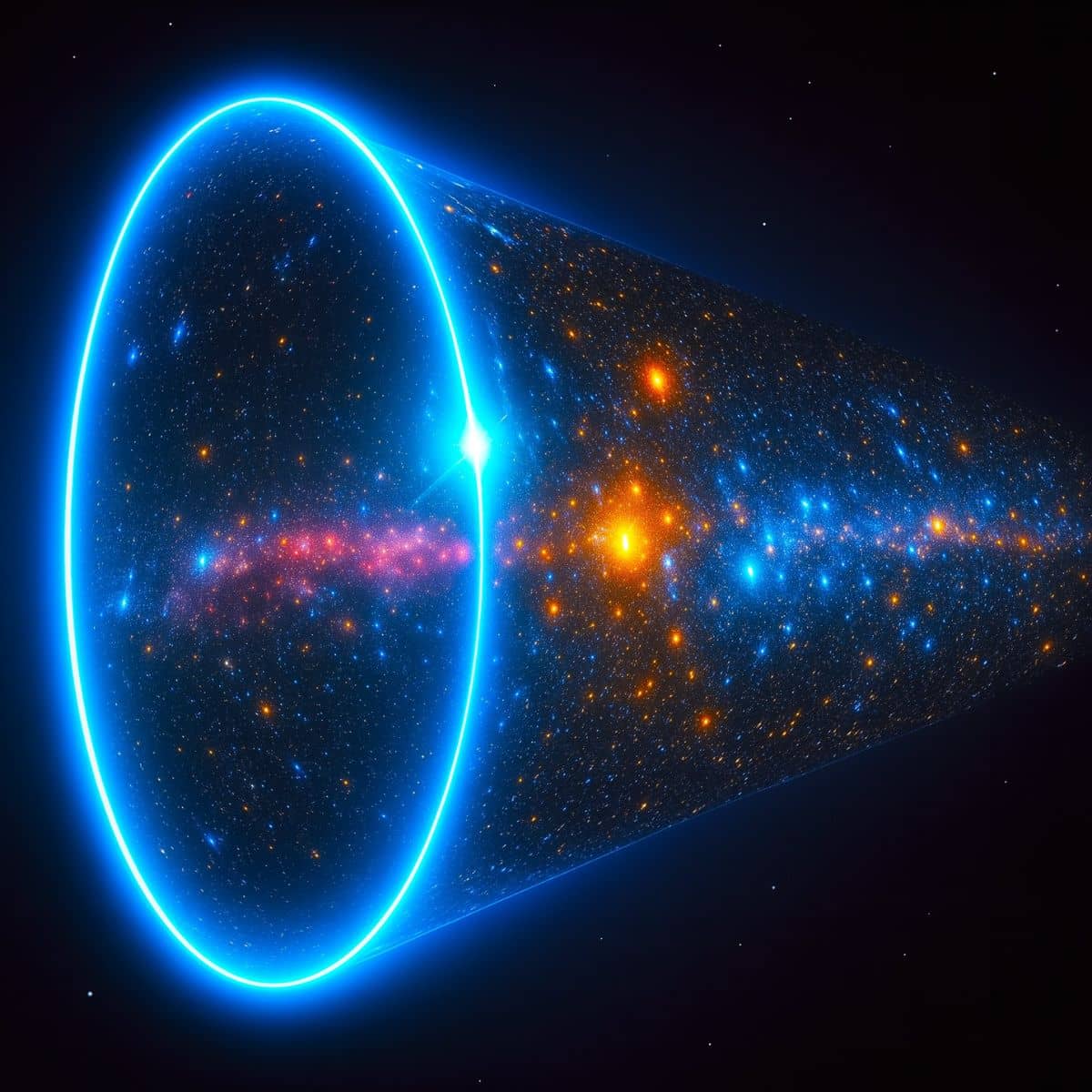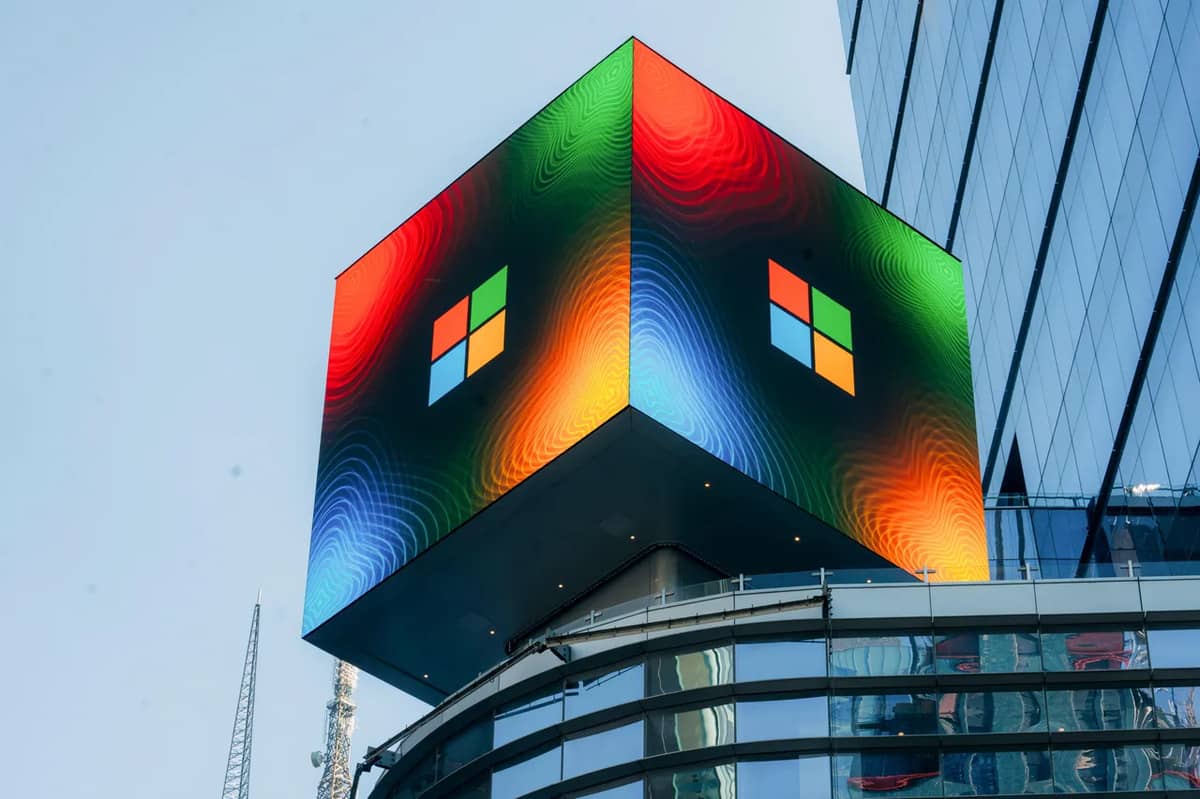A new study using NASA’s James Webb Space Telescope (JWST) has confirmed a strange mystery in space: the universe is expanding faster than expected. This mystery is known as the Hubble Tension, and it challenges what scientists thought they knew about how the universe works.
The study, published on February 6, 2024, in Astrophysical Journal Letters, shows that the different measurements of the universe’s expansion rate are not due to mistakes. Instead, they may point to new, unknown physics.
There are two main ways to measure how fast the universe is expanding (known as the Hubble constant). One method uses very old light called the cosmic microwave background (CMB), which shows a slower expansion rate of 67 kilometers per second per megaparsec (km/s/Mpc). The other method uses nearby stars called Cepheids and shows a faster rate of about 73 km/s/Mpc.
JWST studied more than 1,000 Cepheid stars in five galaxies up to 130 million light-years away. Its very accurate infrared tools confirmed the Hubble Space Telescope’s earlier measurements, proving that the faster rate is correct—and not caused by mistakes like seeing too many stars close together.
The research was led by Nobel Prize winner Adam Riess from Johns Hopkins University. He said this could mean that the standard model of the universe, which includes dark energy and dark matter, might be missing something big.
Some scientists think the answer might involve new types of energy, unknown particles, or even changes to the laws of gravity. But no one knows for sure yet.
Even though this discovery doesn’t affect our daily lives, it could change how we understand the universe. New space missions, like the Nancy Grace Roman Space Telescope, may help solve the mystery in the future.











